The AirPods Max is the pinnacle of the AirPods range, offering an over-ear headphone experience that sets it apart from the AirPods and AirPods Pro earbuds that have become some of Apple’s most popular products. They also come with a price tag that dwarfs those other products, so is the AirPods Max worth the high price tag?
We took a Sky Blue AirPods Max delivery and spent a few weeks with it to see if the price is justified.
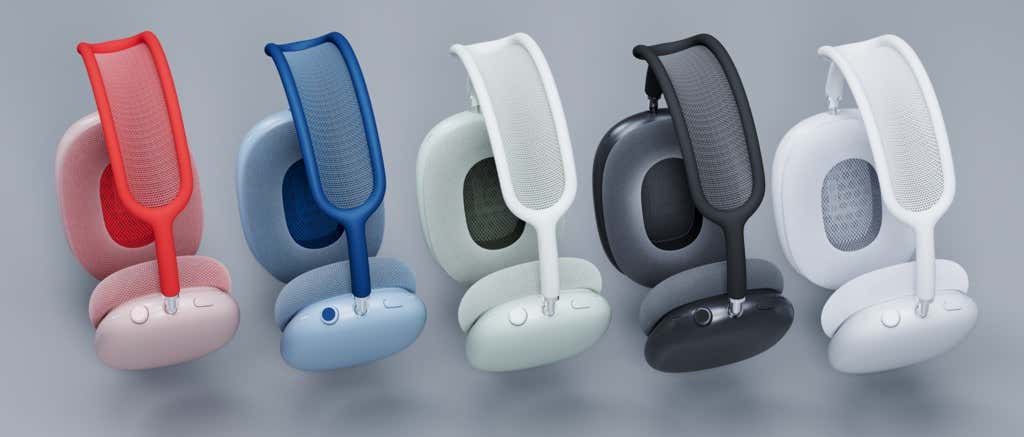
Apple AirPods Max Controls
The AirPods Max doesn’t have many controls to speak off, not even a power button! All you get is one mode button and a digital crown. Compared to other common Bluetooth headphone designs, this is downright spartan. Yet it never poses an issue during use.
The front button, by default, switches the headphones between transparency mode and active noise cancellation, which we’ll cover in the next section. It has a very satisfying click to it, and we never had any issue finding it immediately. This button is also used to initiate pairing mode, which you can confirm by looking at the LED status indicator.
The digital crown is the real star of the show here. It’s similar to the crown found on the Apple Watch but larger and more tactile. The turning operation is incredibly smooth, and the haptic effect makes it feel like the crown has precise “clicks” to it.
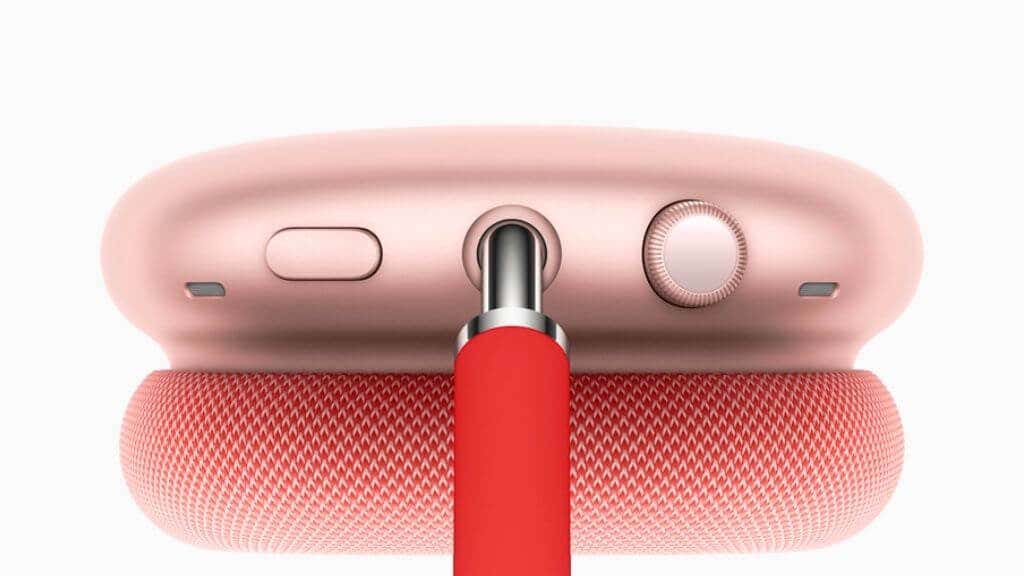
You can also depress the crown as an additional button. By default, a single button press will pause the music, while a double press will skip the track. Press and hold the crown, and you’ll summon Siri. We tried this with a Samsung Galaxy S21 Ultra, but sadly holding the crown did not summon Google Assistant.
The AirPods Max controls may be minimal, but that was never an issue. Most importantly, you can find and operate them without any conscious thought.
Transparency Mode and Noise Cancellation
We don’t think it’s an overstatement to say that the two best features that go a long way to justifying the price tag of the AirPods Max are the transparency mode and active noise cancellation.
Starting with transparency mode, the idea is to allow ambient sounds through the headphones, picked up by microphones on the exterior. Many Bluetooth headphones have this feature now, but none are close to the quality found here.
Simply put, with transparency mode, you can easily forget you’re wearing headphones. It sounds completely natural, and it’s no issue to leave it on permanently if you like.
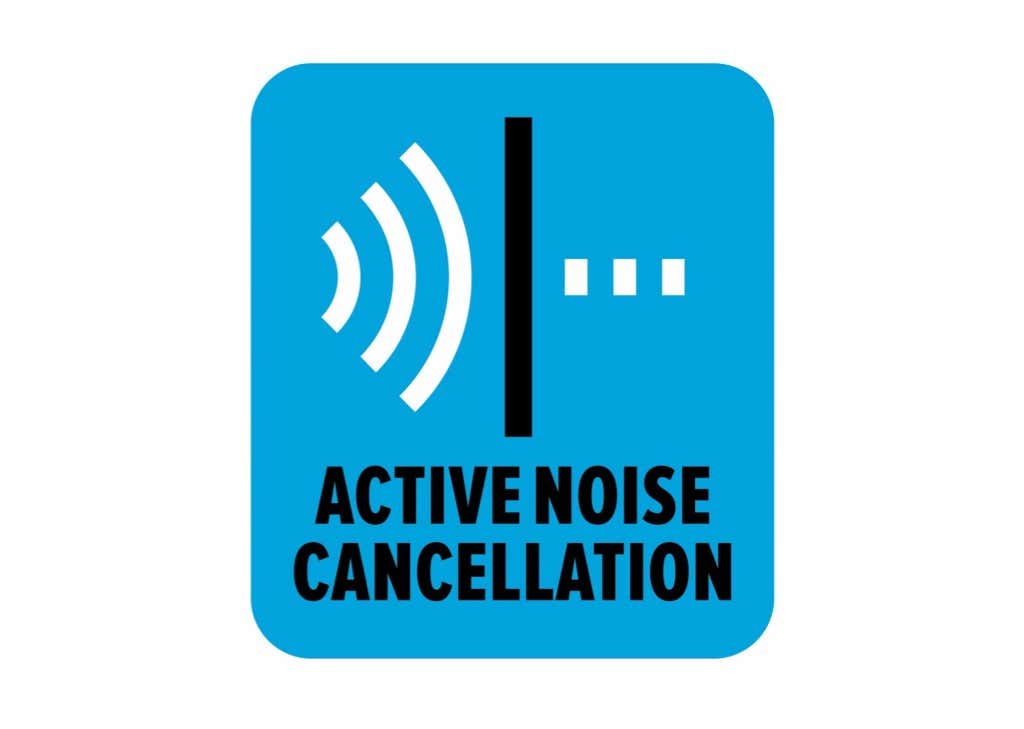
It’s super helpful when you want to hear the audio from your device but still be available to talk to other people in the room. It’s like having a TV or sound system that only you can hear.
The Active Noise Cancellation (ANC) is also verging on magic. Constant noises, such as an air conditioner, are entirely erased from existence. However, the most impressive feat here is how sounds with random patterns, such as conversations, are almost entirely suppressed. These are perhaps the best noise-canceling headphones you can buy at any price. Standing toe-to-toe with the Sony WH-1000XM4 headphones.
In combination, these two features make AirPods Max a great daily-driver productivity headphone, where you can control how much of the outside world you let in.
Connectivity
The Airpods Max is primarily meant to be used as a Bluetooth headset, but you can use a wired connection as well. Sadly, Apple has seen fit to make their Lightning to headphone cable a separate $35 purchase. This is a little irksome since most over-ear Bluetooth headsets include a cable in the box.
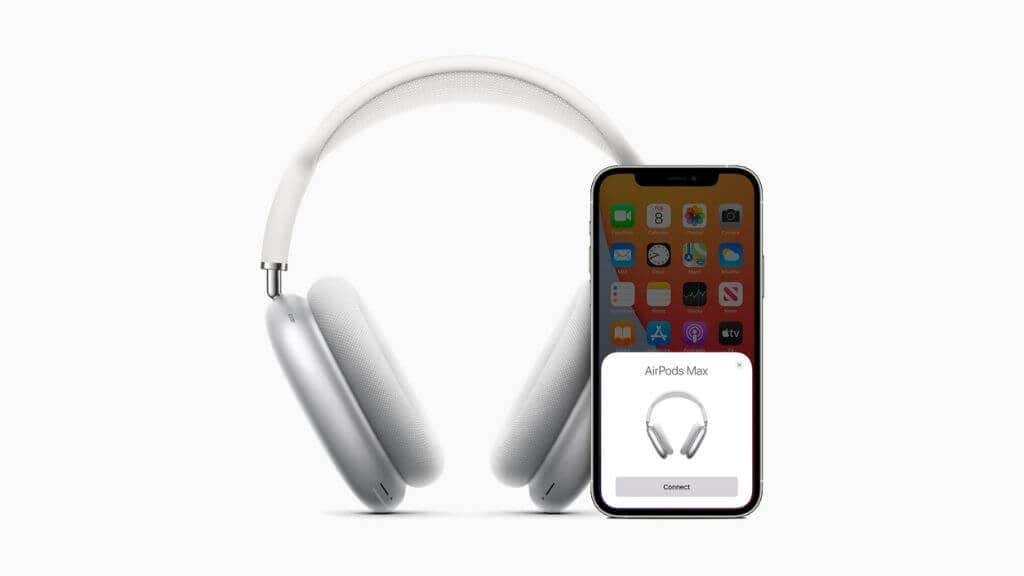
One notable difference is that there’s no direct analog connection for these headphones. The adapter contains an analog-to-digital converter which supplies the AirPods with a digitized signal.
The headphones then re-convert it to analog audio to playback on its speakers. This analog to digital to analog conversion seems a little clumsy and prevents true lossless audio, but in practice, it doesn’t make much difference. It also has the advantage of removing whatever wireless audio lag may be present.
The Lightning Issue
Although the Max has acceptable connectivity, the use of Apple’s proprietary Lightning connector remains a painful issue. Our MacBook Air and iPad Pro, along with all our non-Apple devices, use USB-C. Leaving only the iPhone, Magic Keyboard, and now AirPods Max using this connector. This means we’ll always need to pack at least one extra cable.
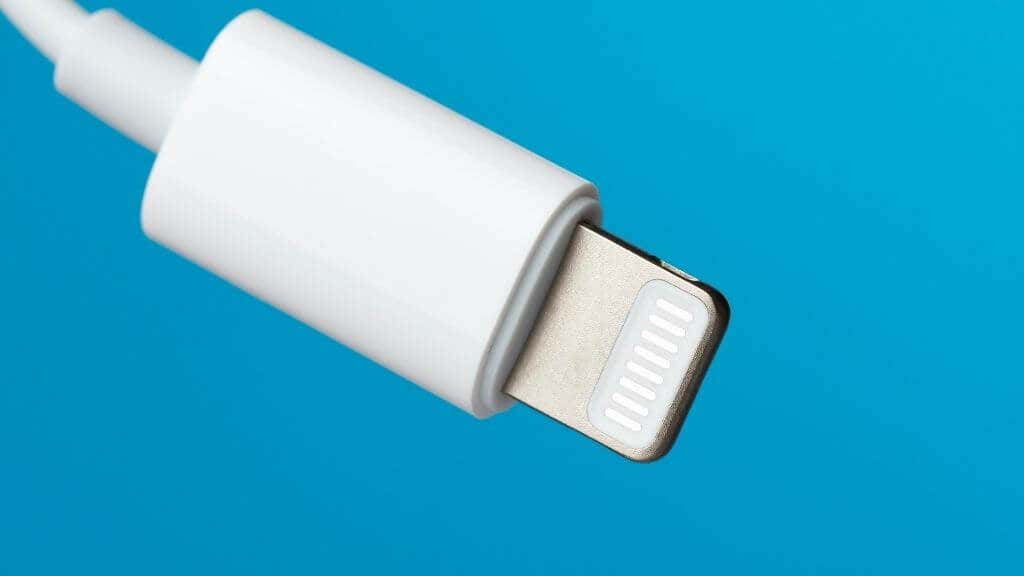
Apple might have mitigated this by including wireless or wireless MagSafe charging, and we hope to see this feature added in a future revision of the AirPods Max.
Bluetooth Performance and Compatibility
We were very impressed with the Bluetooth performance of the AirPods Max; walking around a two-story home with an iPad Air beaming music to the max, it was almost impossible to cause dropout. This is probably thanks to Apple’s AAC codec, which balances quality and performance.
As you might expect, using the AirPods Max with Apple products was a seamless experience. We tested with an M1 MacBook Air, a 2018 iPad Pro, an iPhone 11 Pro, and a Series 6 Apple Watch. Switching between different devices happened with very little input from the user. Going from the iPad to the Mac elicited a small notification asking if we wanted to use the AirPods. One click and you’re good to go.

We also used the Max with several non-Apple devices, including a Windows 11 laptop, an Android Galaxy S21 Ultra, and an OLED Nintendo Switch. Pairing and connecting with all of these devices worked with no issue. We never experienced the Max refusing a connection request from a paired device.
Latency on non-Apple devices was also good. On Apple devices, latency is almost non-existent thanks to the custom signal processing hardware at play in the dual H1 chips, one in each cup. Using it with the Switch, in particular, latency was noticeable less than the Samsung Galaxy Buds + or Sennheiser BT4.5 headphones we’ve also tried with the console. So even without the full benefit of the H1, latency was still impressive.
Battery Life
Apple claims that Airpods Max has around 20 hours of battery life, which seems to track with our daily use experience. After a full 8-hour day of wearing the headphones, there was still a little over 50% of battery life left.
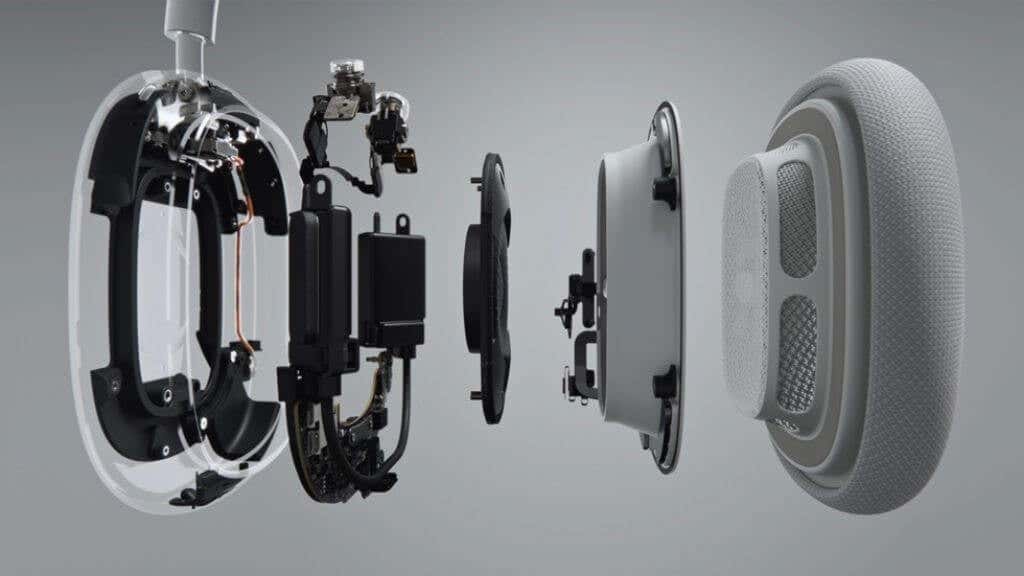
We didn’t encounter any battery drain leaving the headphones running overnight, other than he expected 1-2%. This was a complaint when AirPods Max was first released, but if it were ever an issue, it seems that it’s now resolved.
Spatial Audio: Gimmick or Genius Feature?
When used with an Apple device that supports it and the right app and content, the AirPods Max offers virtualized spatial audio.
This puts virtual audio sources in fixed positions relative to your head, and they appear to stay in place as you turn your head thanks to internal accelerometers used for head tracking. This allows virtual surround sound, which sounds quite convincingly like real speakers situated in the room around you.

While the virtual surround feature is quite impressive (you’ll have to boot up Apple TV to sample it or use the built-in demo), we think that the coolest implementation of the technology is stereo virtualization. This applies to the stereo audio of the whole Apple device, and it makes it sound as if stereo sound is coming from the device itself. In other words, it’s pretty much like watching something on your MacBook or iPad using their onboard speakers, just with much better audio quality.
Why is this a good thing? Sometimes you don’t necessarily want that “in my brain” audio experience that headphones offer. Instead, it now sounds like the audio is coming from the picture, and this quickly became our preferred way to watch streaming media. We suspect this will be especially effective with an Apple TV device, but we didn’t have the opportunity to test the Max with one.
Design and Build Quality
The AirPods are solidly constructed. Apple has mainly used metal for the Max, from the headband to the earcups; these are incredibly solid headphones. The headband frame, the sliding mechanism for size adjustment, and the hinge mechanism inspire confidence, especially with Max’s stainless steel frame.
These certainly seem to be headphones that will have a long lifespan. The only components that might be subject to wear are the batteries. There are two batteries in the right ear cup and, thanks to iFixit’s teardown of the Max, we know that screws, not glue, hold in them. So, in theory, it should be easy to replace them. Given Apple’s new commitment to user repairability, the money spent on a Max could go a long way.

That said, the batteries in Apple’s other devices, such as the new MacBooks, are rated for around 1000 charge cycles before they start to lose capacity. Given that you’ll get 20 hours per full charge, it will take a while before hitting 20,000 hours of playback. This is about seven years if you use them for eight hours a day.
It’s also worth noting that iFixit compared the internal workmanship and materials to cheaper Sony and Bose headphones and found that they “look like toys by comparison.” So much of the money you spend on the Max goes into this over-engineering.
The Infamous Smart Case
There has been more than enough mockery of the included carry case for the AirPods Max, but this can’t be a complete review without some mention of it. Yes, this protective case doesn’t offer much protection or make it easier to transport your AirPods Max. We also don’t like how the case causes the bare metal ear cups to knock into each other when you remove them.
Despite what you may have heard, it’s also unnecessary to put your headphones in the case to switch them off. After taking off the headphones, they’ll go into a low power mode soon and into a deep sleep after that. We used our AirPods without using the case and didn’t have any battery drain problems.
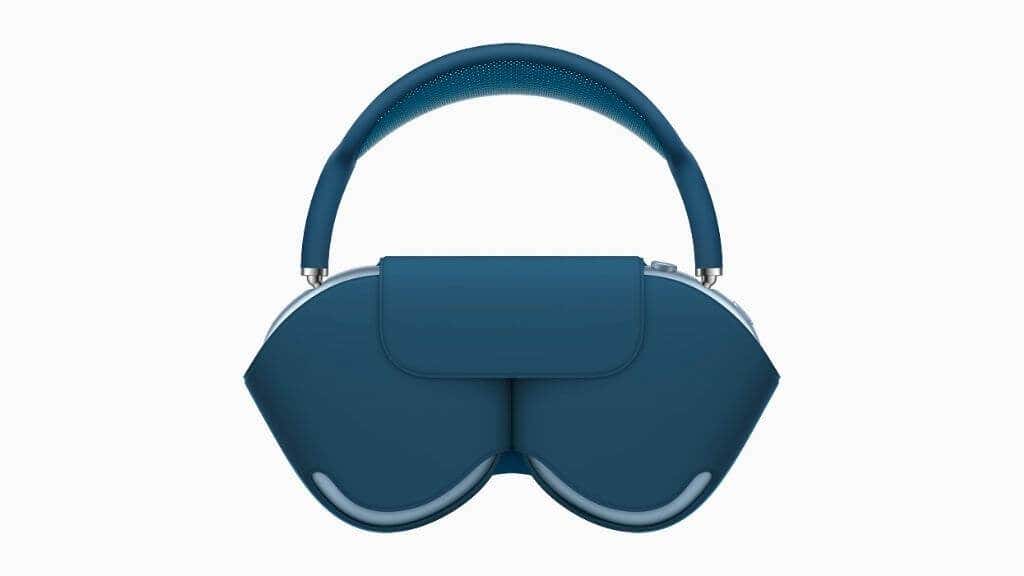
The AirPods don’t fold up as many other portable headsets do. The cups can swivel 90 degrees to create a flat profile, but that’s the extent of it.
However, if you want to travel with your AirPods Max, it’s probably a good idea to invest in a third-party case.
Comfort
Comfort is a very subjective matter when it comes to headphones, not least of which because our bodies are so different. The main complaints we’ve seen before trying Max for ourselves relate to weight and clamp force.
Since the Max is mainly made from metal, it does weigh more than typical over-ear headphones. The fabric headband and plush ear cups are there to mitigate this, but some users will be more susceptible than others.
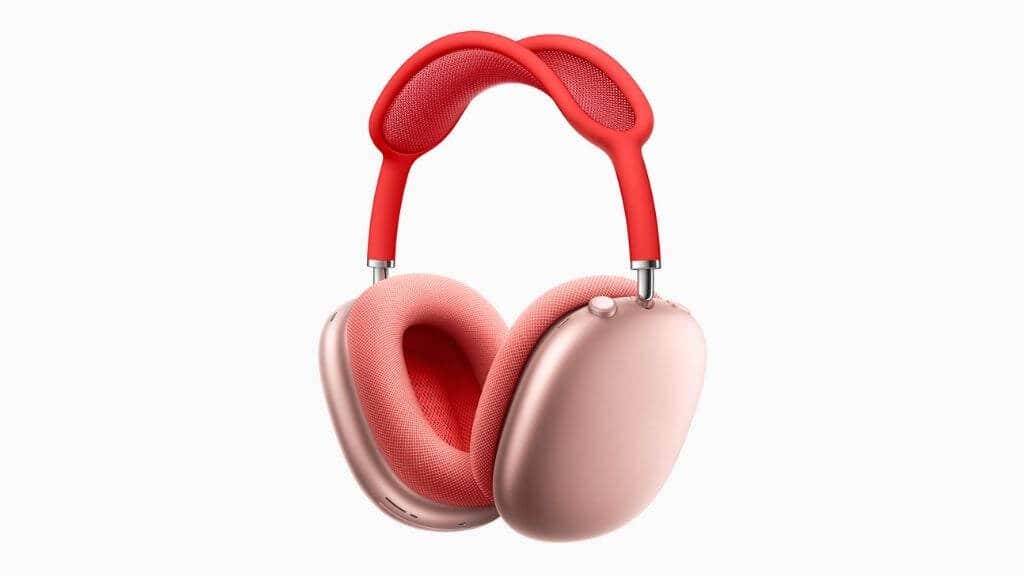
We wore the AirPods Max for up to eight hours per day while working in an air-conditioned office and had no comfort issues. It was very easy to forget you were wearing headphones at all. We think the AirPods Max are very comfortable headphones, but considering how much they cost, it’s worth trying a pair on your head first.
It must be said, the ear cushion memory foam is exquisite. And the ease with which you can remove and switch out these magnetically-attached cups is a touch of genius we’d like to see more headphone brands adopt.
Sound Quality
This is perhaps the most contentious aspect of the AirPods Pro when it comes to the price. It’s natural to expect an “audiophile” listening experience if you’re putting down more than $500 for a pair of headphones, but there are some problems with that angle.
Just because two pairs of headphones have a similar price doesn’t mean that they’ve been designed for the same purpose. The AirPods Max headphones lack the key features that you’d find in audiophile gear. They have no direct analog input, don’t support lossless audio even through a wired connection, and are close-backed. Not to mention that in the world of high-end headphones, the AirPods Max is priced in the mid-range.
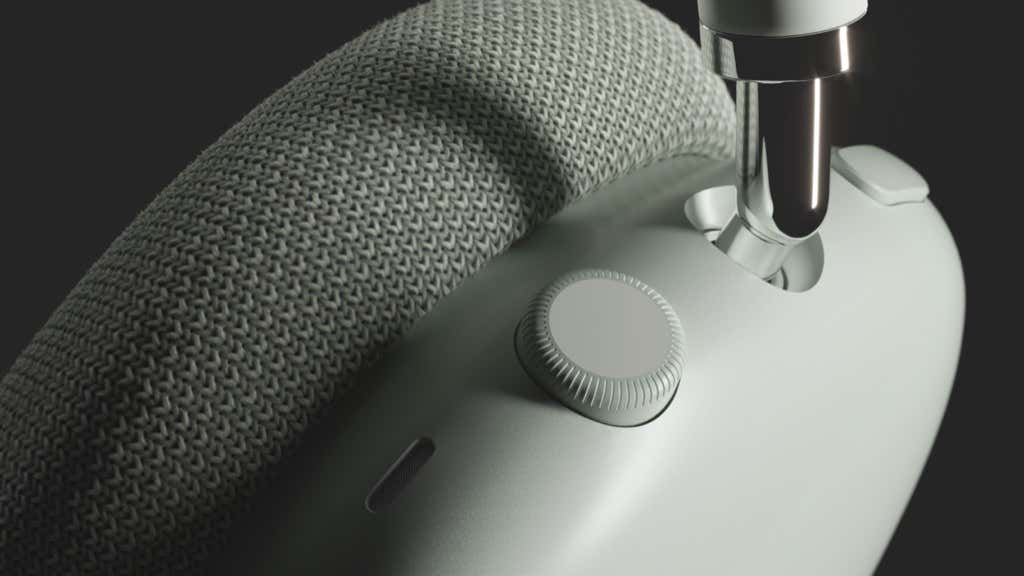
Taking all of this into account, how good does the AirPod Max sound? The short answer is that they sound good and are remarkably unbiased, unlike Apple’s other Beats headphone brand. While these are not “flat” like studio monitors (which is a good thing), the audio reproduction is neutral no matter what genre of music we tried. We feel like changing EQ settings from the default adaptive EQ at no point.
Most importantly, all of the music exhibited significantly more detail and nuance than, for example, the typical $200 headphones. Is it more than twice as good? That’s a subjective question, of course, but the difference isn’t subtle. We can’t imagine anyone but the most demanding customer finding the audio reproduction unacceptable, and those customers are most likely spending more than Apple is asking for.
Services Tested
We tried listening to various genres of music across multiple music streaming services. This included Apple Music, YouTube Music, and Spotify, but not Amazon Music.
All three services were set to the highest streaming and download quality. The idea was to see whether the AirPods did significantly better on Apple Music than competing choices. This is important since although Apple Music is popular, that doesn’t mean every AirPods buyer will use it.
The good news is that, to our ears at least, there’s no appreciable difference in streaming quality regardless of which service you listen to. So if you’re worried that AirPods are only going to give you a good audio experience using Apple’s own service, put that concern to bed.
Audio Imaging and Soundstage
Audio reproduction quality is one thing, but that’s not all there is to the sound quality perceived by your ears. The soundstage and imaging of headphones also matter, and it’s something often lacking in cheaper headphones.
If you’re not familiar with these terms, which is not something mainstream headphone consumers often are, let’s define them briefly.

The soundstage is the virtual space in which you hear the audio. Headphones with a good soundstage shouldn’t sound like speakers an inch away from your ears. Instead, it should sound natural and spacious. Headphones with the best sound stages are usually open-backed. This means that they have zero sound isolation for either you or the other people in the room.
Imaging is the ability of the headphones to place sounds such as specific instruments within the soundstage. So it sounds like one musician is in front of you, and another is off to the side. Essentially you feel like you are on stage in the middle of the band.
Although open-backed audiophile headphones outdo it, the Max is nonetheless great at both imaging and setting a good soundstage. It’s not too wide or too cramped, but rich and comfortable.
Using AirPods Max Outside the Apple Ecosystem
Before we get to the conclusion of this review, it’s essential to talk about whether users who don’t have a foot in the Apple ecosystem should use AirPods Max. We had no trouble using the AirPods with any Bluetooth device as we mentioned above. However, if you don’t have an iOS or macOS device, you’ll be limited in how much you can do with your AirPods. Specifically, customizing the button or behavior of the crown requires it. You’ll also miss out on features such as spatial audio.
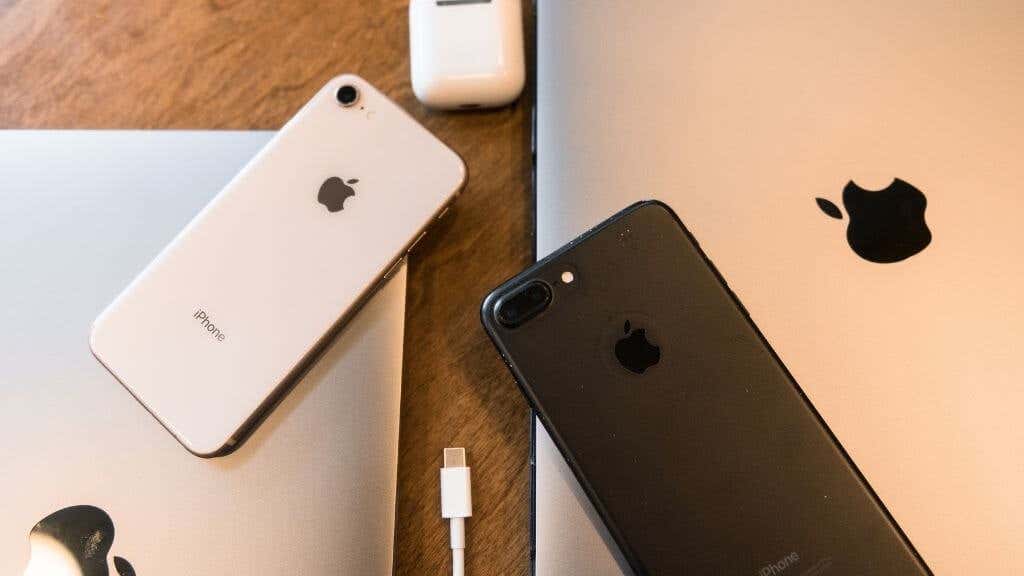
That’s perhaps not a dealbreaker, but much of the appeal AirPods have comes from how well it works with an all-Apple setup. We were listening to music on an iPad when our iPhone rang, and as soon as we answered, the audio seamlessly transferred to the call, pausing the content on the iPad in the process. When the call ended, the iPhone handed control back to the iPad, and the music resumed. This sort of automated convenience would be lost if you weren’t nestled in Apple’s walled garden. We really cannot recommend the AirPods Max unless you have at least one compatible Apple device to make the most of it.
Speaking of which, phone call quality is superb, and even with the air conditioning running, the other person could hear just fine.
Is the AirPods Max Worth the Money?
It’s difficult to give a universal answer when considering if what you get for the $550 asking price is worth it or not. There’s no doubt that the sum of the parts that make up these headphones is worth the money. However, what the AirPods Max offers is worth the money depending on what you need.
If you need all-purpose daily-driver headphones, then it’s hard to think of another set of headphones that tick all the boxes this well. The noise cancellation and transparency modes make this an incredibly practical set of phones. Controlling them is intuitive, and the audio reproduction is excellent by any measure, if not the best at all costs.
If you’re already using one or more Apple devices, but especially using multiple ones, the AirPods Max is so slick and integrated that any other wireless headphones feel like a chore to use.
The bottom line is that the AirPods Max are certainly worth their price; they offer more than enough to justify it. But whether it’s justified for every user depends on how much that user values it as a total package.